<WITHDRAWN>James A. Keating designed, Jeff Schafer made, custom sub-hilt fighting knife with 7 inch 80CrV2 blade and black Micarta scales. Includes Schafer handmade heavy black leather sheath and wood storage box. $ 895 shipped insured Priority Mail including PayPal fees.
I actually have two of these and am reducing the size of my collection prior to retirement. Therefore I’m not interested in any trades.
This knife is in as new condition and has never been used or carried.
Check here for Jim’s overview of the subhilt
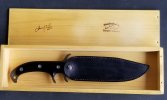
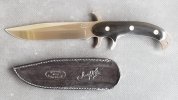
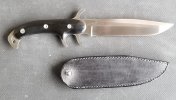
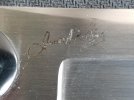
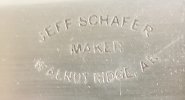
I actually have two of these and am reducing the size of my collection prior to retirement. Therefore I’m not interested in any trades.
This knife is in as new condition and has never been used or carried.
Check here for Jim’s overview of the subhilt





Last edited:
